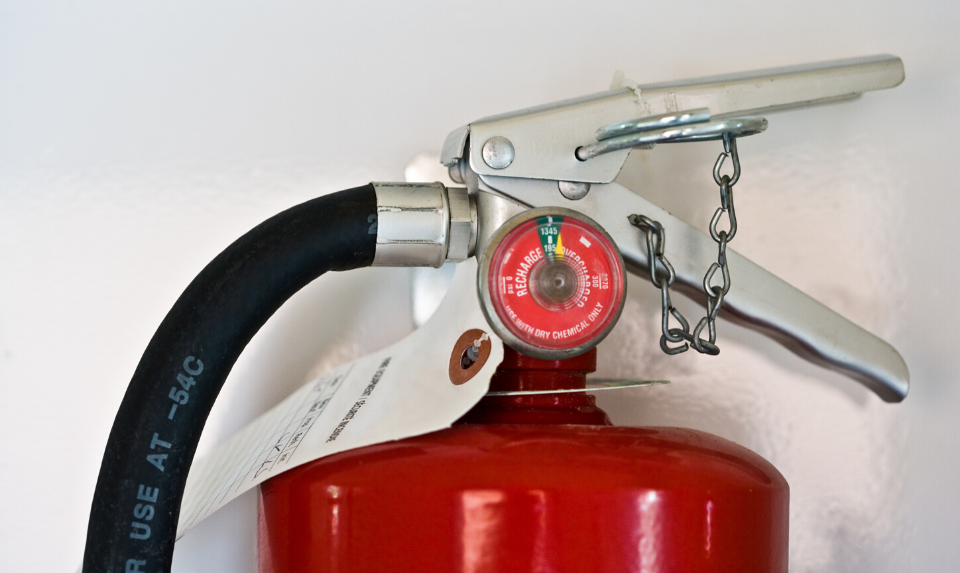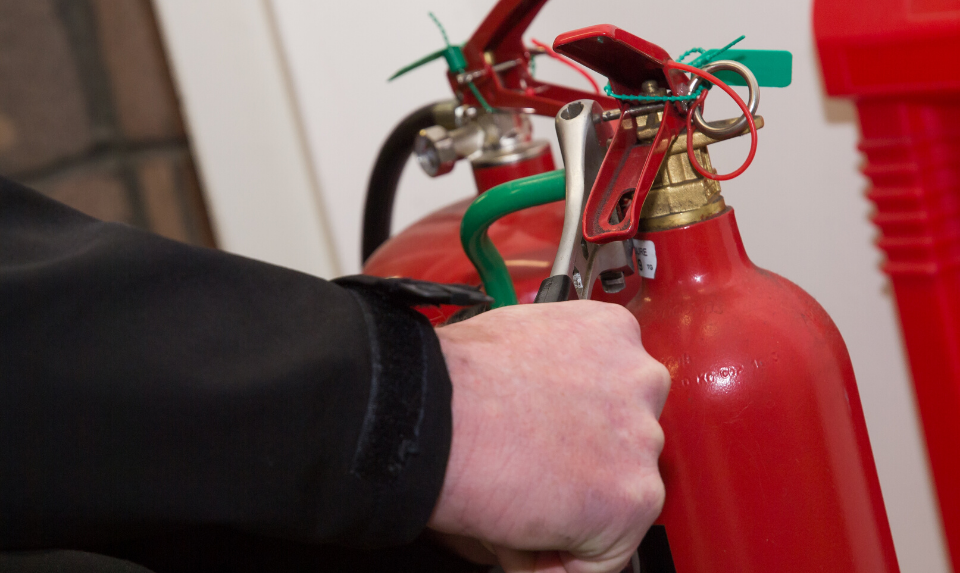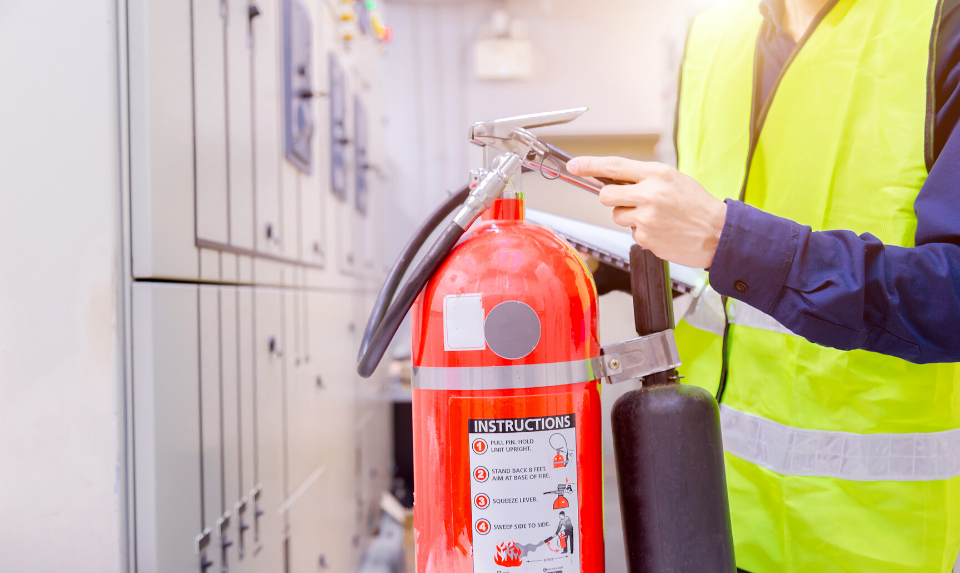Making sure that your fire extinguishers work efficiently is crucial in the safety of your home or property. One way to confirm that it is working is by conducting what’s known as hydrostatic testing of fire extinguishers. However, since many building owners do not know how to do this, it is best to leave it to the experts. Here is more information about hydrostatic testing of fire extinguishers.
The Importance of Visual Inspections
The first step in any hydrostatic testing of fire extinguishers is a visual inspection. In this phase, the technician can assess the cylinder of the fire extinguisher for any visible signs of damage. Because the testing involves putting the barrel under pressure, there should be a quick check for flaws and errors before it can start. This helps avoid injury to the technician and damage to the room where the hydrostatic testing is taking place. Old cylinder threads, signs of corrosion, signs of repairs or abuse, heat damage, and deep dents can all be discovered through meticulous visual inspections.
Fire Extinguisher Hose Removal

The next step in the testing involves removing the hose from the fire extinguisher. Then the hydro test adapter is plugged into its place so it can get the extinguishing agent when the discharge step is done.
Discharge
The technician will then proceed with the third step of the testing process: the release. This is done to release all of the extinguishing material so that it does not interfere with the hydrostatic test results and give erroneous results, which can cause further problems at the worst possible circumstances.
Valve Removal
As soon as the fire extinguisher is completely discharged, the next part of the hydrostatic test can start. This is where the extinguisher valve is removed. With the lid off, the interior of the cylinder can be appropriately inspected. The purpose of removing the plug is to check if there are any issues inside the cylinder, such as pitting. If pitting is detected, then the extinguisher is taken out of the testing pool and set aside. Since the cylinder can no longer be used, testing it wouldn’t make sense.
Pressure Testing
Pressure testing is the next part of the testing procedure, and it is completed with water. There needs to be a shield or cover in place to protect the tester from the cylinder in case of an explosion. If there is a discharge of pressure, then it indicates a leak in the cylinder.
Safety Considerations During Hydrostatic Testing of Fire Extinguishers

During the hydrostatic testing, your fire extinguisher will be pressurized to a higher than normal operating pressure—usually 125 – 150 percent of the average load. This high pressure will identify whether the fire extinguisher has become structurally weakened over the years. If a fire extinguisher has reduced, it could potentially explode when used, posing an extreme risk to the operator and people in the building.
How Often Do Fire Extinguishers Need to Be Tested?
All fire extinguishers are required to have an Annual Fire Extinguisher Inspection performed by a state-licensed inspector annually. In addition, a lot of fire extinguishers are required to have maintenance performed on them every six years from the manufacture date of the extinguisher.
Here is the frequency of service and type of service required for the different types of extinguishers.
- ABC requires an internal maintenance every six years and a hydrostatic test every 12 years from the date that the extinguisher was manufactured
- B.C. require an internal maintenance every six years and a hydrostatic test every 12 years from the time that the extinguisher was manufactured
- Class K require a hydrostatic test every five years from the date that the fire extinguisher was manufactured.
- Halon require an internal maintenance every six years and a hydrostatic test every 12 years from the date that the extinguisher was manufactured
- Halotron require an internal maintenance every six years and a hydrostatic test every 12 years from the time that the extinguisher was manufactured
- FE-36 require an internal maintenance every six years and a hydrostatic test every 12 years from the date that the extinguisher was manufactured
- Co2 require a hydrostatic test every five years from the time that the fire extinguisher was made.
- Water requires a hydrostatic test every five years from the date that the fire extinguisher was manufactured.
